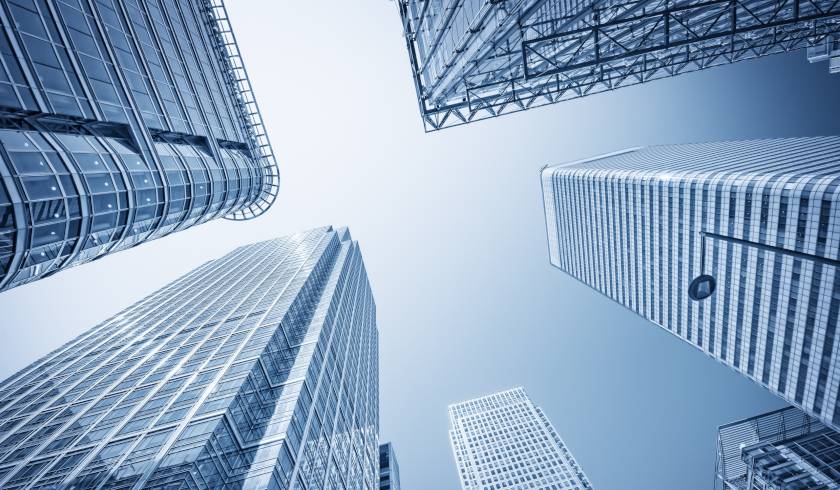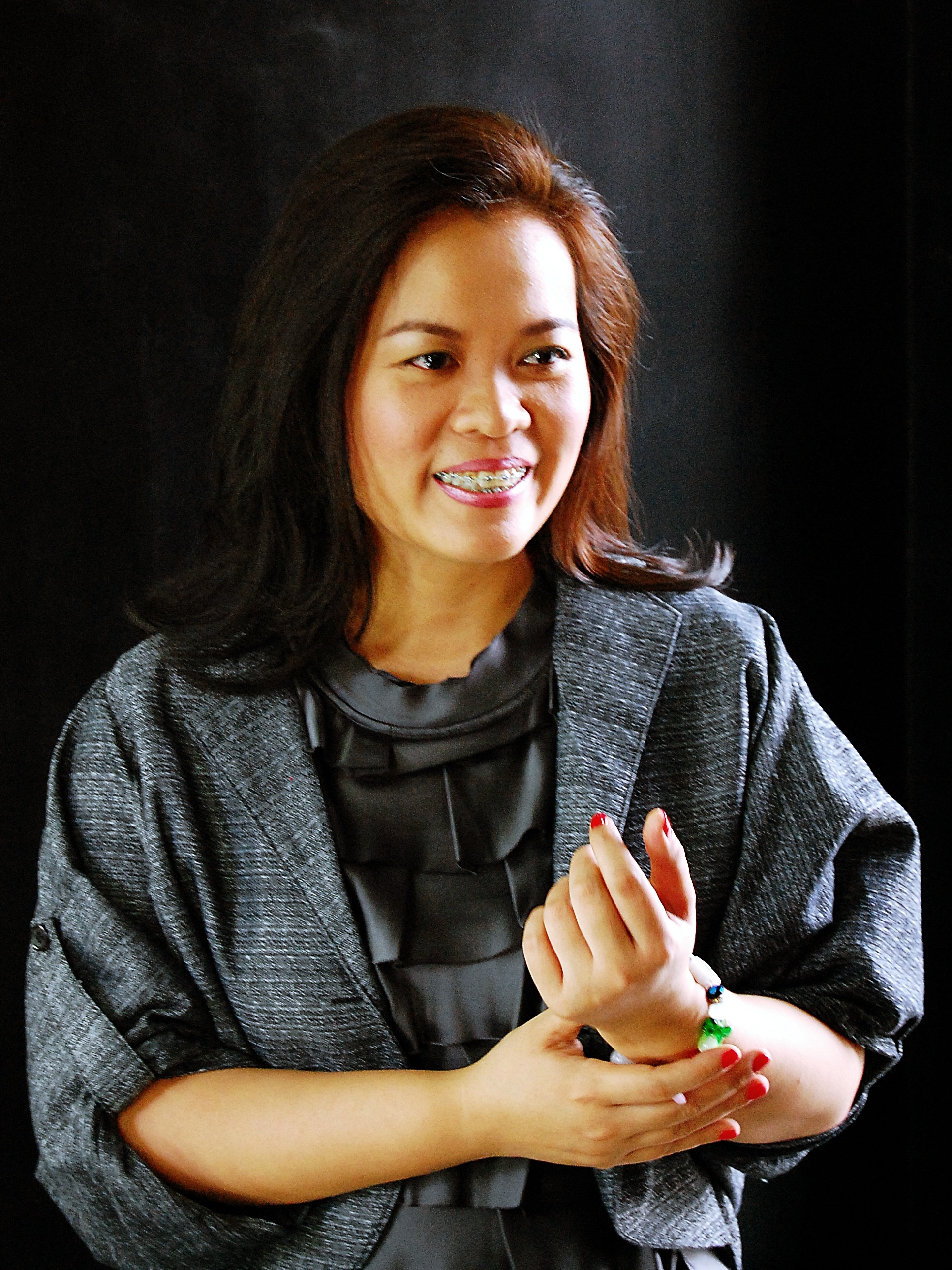7 trends to shape the commercial market in 2022
The pandemic has had a dramatic impact on the commercial real estate industry, as it does practically every other business.

Business owners are in a dilemma whether or not to continue renting office space as businesses reopen. As a result, landlords and investors may notice the consequences in their revenue.
In the recently released Month in Review for December 2021 of Herron Todd White (HTW), commercial property experts shared industry trends that might influence possible investment and real estate activities over the coming year.
Here are the seven trends that are set to shape the commercial market in 2022:
1. Higher incentives, lower face rentals
With no clear indication of how or when a big transition back into offices would occur, HTW’s director in Sydney, Scott Russell, said that “higher incentives and lower face rentals are being required to secure tenants”.
Landlords have had to confront the greatest vacancy in nearly 10 years, with Mr Russell citing data from the Property Council of Australia reporting a 9.2 per cent vacancy rate in July 2021, up from 8.5 per cent in January 2021.
2. Stronger demand for strata office stocks
While lockdowns have had a substantial influence on Sydney rentals, demand for stock in the strata market has never been higher.
Some transactions have reached well over $20,000 per square metre, with strata office stock in the city core consistently surpassing $16,000 per square metre, said Mr Russell.
3. Preference for smaller offices
In the Hunter Region, property valuer Ed Thwaites reported that “smaller office sales and leasing activity has been quite strong”.
Mr Thwaites said the demand is coming both from larger office occupants who have opted to downsize due to flexible work as well as from start-ups.
4. Flight from suburbs and fringe CBD locations into the CBD
According to James Feeney, HTW’s valuer in Melbourne, vacancy rates have increased across all office classes in the Melbourne CBD throughout 2021, growing from 8.4 per cent to 10.4 per cent over the six months to 1 July 2021, based on the Property Council of Australia’s (PCA) Office Market Report.
Because of the lack of demand for office spaces, face rents are under pressure leading to incentives growing to as much as 30 per cent to 40 per cent, depending on leasing lengths.
Office occupants outside the CBD are attracted to such big incentives, prompting them to make the move from the suburbs and CBD fringes into the CBD.
“As the CBD vacancy rates rise, along with incentives, we expect to see a flight to quality out of the suburbs and fringe CBD locations and into the high-quality CBD office space on offer for roughly the same total occupancy cost,” explained Mr Feeney.
5. Repositioning of C and D-grade buildings
The C and D-grade office spaces will be hardest hit by the sharp drop in vacancies, said Mr Freeney. And because of this, he opined that “it is possible that we will see many of these types of buildings being repositioned for alternate uses such as residential”.
6. Quality suburban commercial properties
In Brisbane, Edward Cox, HTW associate director, stated: “COVID-19 has created a real need for quality suburban assets as businesses have trended away from commuting into the CBD and have opted for more flexible, local office arrangements.”
Lessees are usually looking for commercial properties in a location with good access to major commuting routes, transportation, retail amenities, and parking provisions.
7. Owner-occupiers on the hunt for commercial assets
The owner-occupier market has witnessed the most shift in 2021, according to Mr Cox.
“There is very strong demand at the present time from owner-occupiers for assets in the sub $7.5 million category. Low mortgage rates have seen a significant differential open up between the costs of leasing and owning. The strong demand has seen capital value levels increase by up to 30 per cent since the start of 2021,” he said.
For example, Mr Cox shared about a two-storey office building in Fortitude Valley that was sold for $2 million “reflecting a rate in excess of $8,000 per square metre of net lettable area”, which would sell for 20 to 30 per cent less just over a year ago. The current demand for high-quality office buildings is highlighted by this sale.
The same trend can be observed in the Gold Coast, reported HTW director Ryan Kohler.
“Owner-occupiers have flooded the market as buying can often be far cheaper than leasing and investors are on the hunt for opportunities,” he said.
Mr Kohler said yields for owner-occupier sales could fall as low as 5.5 per cent, depending on the market. However, investor sales are higher than this, but with a decrease in volume.
He mentioned a strata title office in Varsity Lakes sold in March 2021 for a 6.38 per cent starting yield as a recent example.
